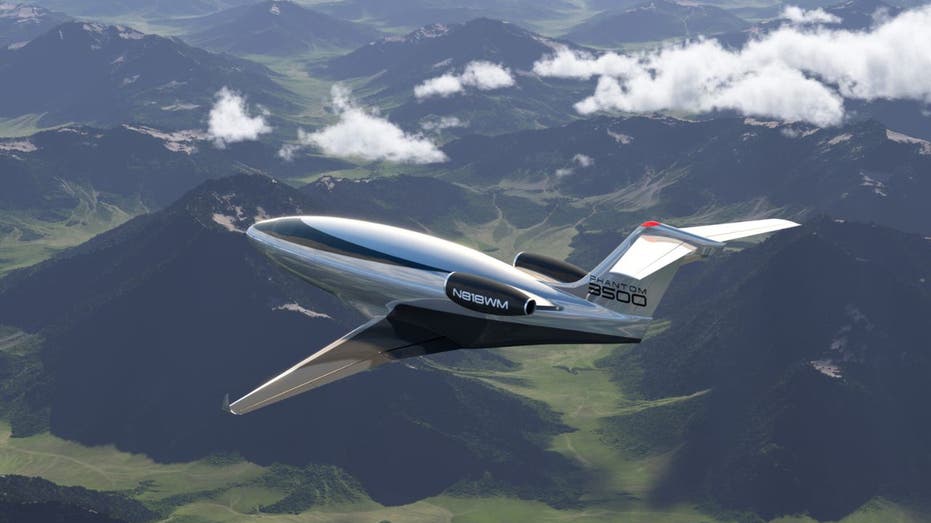Windowless Jets: Revolutionizing Future Flights with Immersive Digital Experiences
Revolutionizing Business Travel: Phantom 3500's Windowless Design Cuts Fuel Consumption by Half

The introduction of Otto Aviation’s Phantom 3500 marks a major leap forward in the evolution of private aircraft. By eliminating traditional windows, the company has created an aircraft that prioritizes aerodynamic efficiency without sacrificing passenger experience. The sleek, uninterrupted fuselage is not just a futuristic design choice—it’s a deliberate solution to several longstanding engineering challenges in aviation.
Aircraft windows, while providing views for passengers, are notorious for being structural weak points. They require extra reinforcement, resulting in increased weight and complexity. More importantly, these breaks in the fuselage surface disrupt the smooth flow of air over the airplane, increasing drag and reducing overall efficiency. In the Phantom 3500, removing windows allows for a seamless exterior, which in turn enables the aircraft to maintain what's known as “full laminar flow.” This advanced aerodynamic state dramatically reduces resistance, making the flight smoother and the fuel consumption significantly lower.
For passengers, the lack of physical windows might raise concerns about comfort and even claustrophobia. To address this, Otto Aviation has equipped the Phantom 3500 with high-definition digital displays integrated along the cabin’s walls and ceiling. These screens use exterior cameras to project real-time panoramic views, delivering an immersive flying experience comparable—if not superior—to traditional windows. The proprietary “Super Natural Vision” system essentially brings the outside world into the cabin, ensuring travelers don’t miss any of the breathtaking vistas that come with flying at high altitudes.
Beyond the views, the cabin itself is designed for maximum flexibility and luxury. With 800 cubic feet of interior space and a ceiling height of 6 feet 5 inches, the cabin can comfortably seat up to nine passengers or be customized for work, relaxation, or entertainment. The absence of fixed window placements means that seating and amenities can be arranged far more freely, catering to the varying needs of business executives, families, or leisure travelers alike.
The technological advancements go beyond the passenger area. Building on the success of Otto’s previous Celera 500L test flights and digital modeling using advanced platforms, the Phantom 3500 is engineered to deliver unprecedented fuel efficiency. It achieves a 35% improvement in fuel usage over similar-sized business jets and burns approximately 50% less fuel overall. The aircraft operates at transonic speeds—between Mach 0.8 and 1.2—while also boasting the ability to cruise at altitudes reaching 51,000 feet. Such performance allows for faster, greener travel and opens access to nearly double the number of airports in the United States, thanks to its ability to operate from shorter runways.
This new design philosophy signals a shift in how the aviation industry approaches both environmental and passenger concerns. By significantly cutting emissions and operating costs, Otto Aviation’s Phantom 3500 could set a new standard for business and possibly commercial air travel. If widely adopted, windowless jets could soon redefine what it means to fly—not only making journeys more efficient and environmentally friendly but also transforming the very nature of the in-flight experience.
As aviation continues to innovate, the question now becomes: Will travelers embrace the digital window revolution? The answer may shape the cabins—and skies—of tomorrow.




